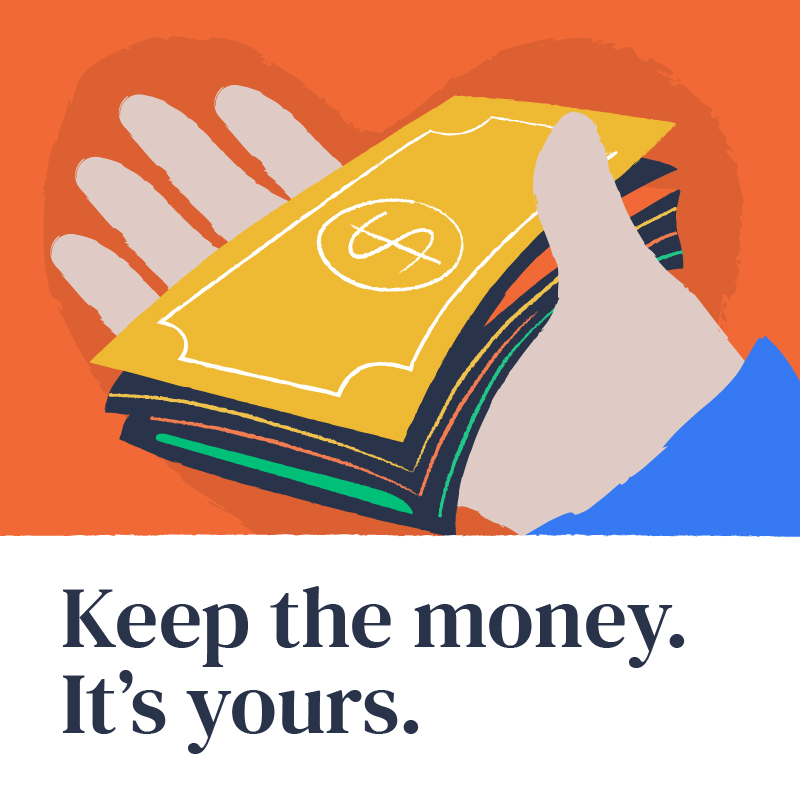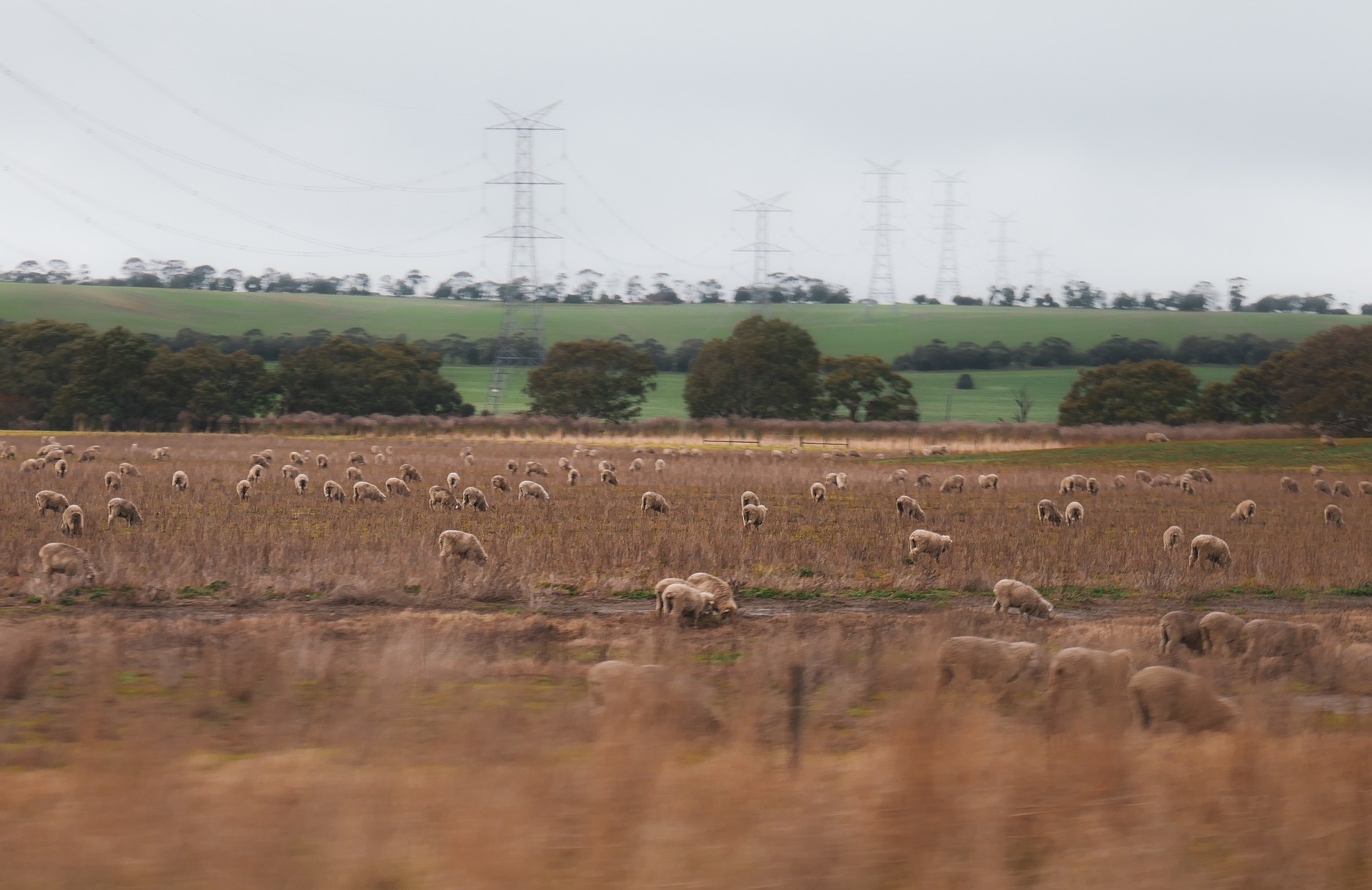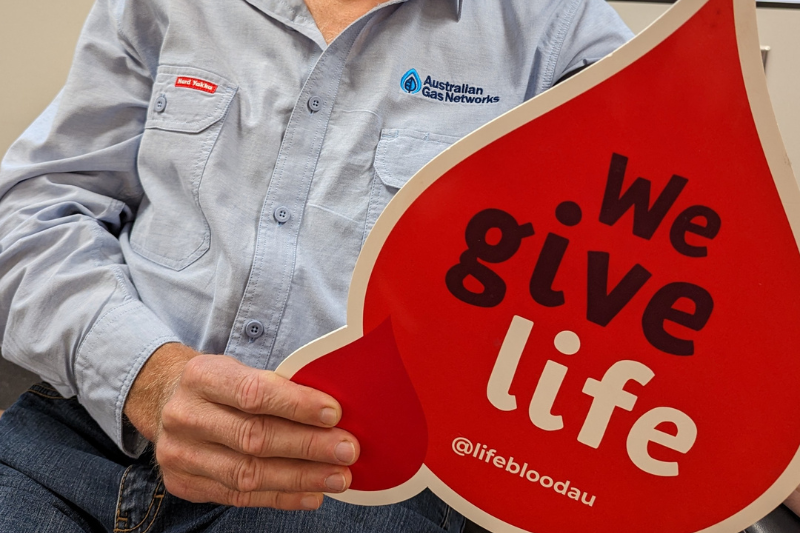Unlocking Better Practice in Social Licence
What does social licence look like in practice?
Love it or loath it, the term ‘social licence’ is being discussed in the board rooms of energy businesses across Australia. It’s also a hot topic on the lips of government, energy regulators and industry bodies as ‘once in generation’ transmission development projects progress across our regions.
For many, the question being asked is simple: what does co-existence and shared value for transmission and agricultural landholders look like in practice?
Through the Energy Charter – a unique coalition of like-minded energy organisations with a shared purpose and passion for customers and communities – transmission businesses Transgrid, Powerlink Queensland, TasNetworks, AusNet and ElectraNet have collaborated with the agricultural sector to answer this question.
Energy Charter Executive Director, Sabiene Heindl and Director Innovation, Amy Abraham who led the collaboration, offer their insights on unlocking better practice in social licence.
What we heard
Working closely with a Community Outcomes Group (COG) of landholder and community representatives, and research partner KPMG Australia, the Energy Charter’s social licence research included a survey and deep-dive interviews with agricultural landholders across Queensland, New South Wales, Victoria, South Australia and Tasmania, who all shared their experiences of how transmission infrastructure has, or is expected to, impact them.
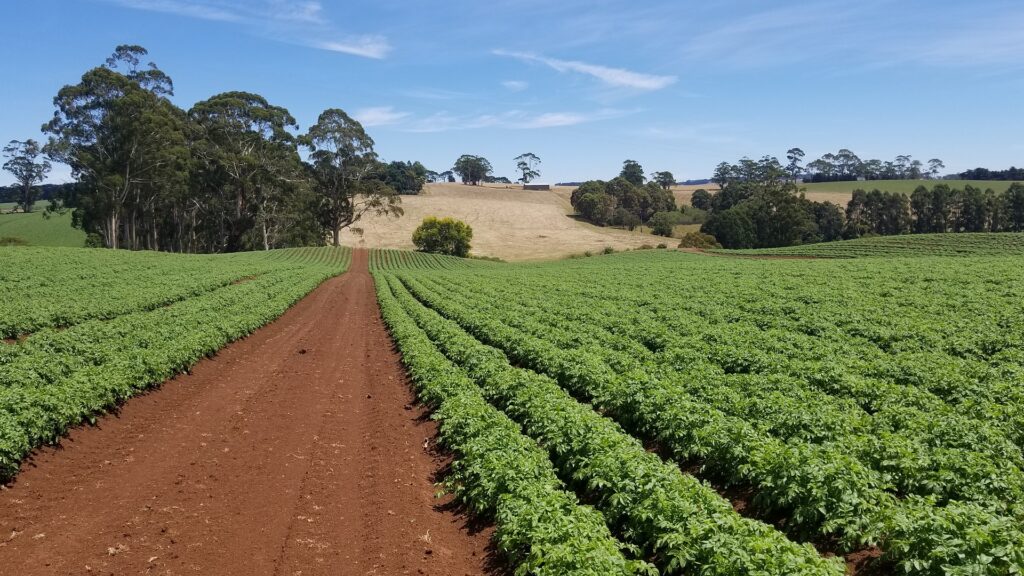
Significantly, the research validated 33 individual impacts, with visual impacts, financial loss and biosecurity risks most significantly felt by landholders. In particular:
- 58 percent of surveyed landholders said that transmission infrastructure will result in a direct loss of farmable land or disruption to their land productivity.
- 60 percent also believe that transmission infrastructure will impact their use of machinery or equipment.
Overall, landholders also expressed disappointment and frustration with the quality of engagement they had participated in.
However, it’s not all bad news. From this important insight work, the Energy Charter’s Better Practice Social Licence Guideline was born.
By validating impacts and identifying opportunities to improve outcomes for agricultural landholders, the Better Practice Guideline will support transmission businesses to better understand and act on, the factors that contribute to building trust and maintaining social licence with agricultural landholders and their communities.
The evidence-based Better Practice Guideline reflects a genuine and shared commitment from industry collaborators to ensure that the lived experiences of agricultural landholders remain front and centre in informing the industries’ collective understanding of both impact and opportunity.
The Better Practice Guideline provides a checklist of practical actions and activities required to minimise impact and meet landholders’ expectations, along with a range of better practice opportunities, detailing the actions and activities transmission businesses should look to progress, align to and build on, to deliver shared value and build social licence.
In many cases, these actions align to the existing commitments or aspirations of the transmission businesses involved, with the ‘lighthouse’ examples featured showcasing where innovative practice is already underway to better manage impact and provide benefit to landholders and their communities.
The social licence connection
The Better Practice Guideline were developed through the frame of social licence.
By applying a social licence lens, we were able see how individual impacts, actions and relationships add up and affect the building of trust and acceptance.
Importantly, through this unique collaboration we were also able to bring consistency to the energy industry’s understanding of how social licence is built and maintained.
The concept of a social licence to operate emerged in the late 1990s, as affected communities and governments required the mining industry to increase its focus on social obligations and corporate social responsibility programs. It is now considered a key condition for many other industries, including in the energy sector.
The Better Practice Social Licence Guideline defines social licence to operate as a concept that reflects community acceptance or approval around the operations of an organisation and its developments. Community acceptance comes from prioritising trust, delivering overall positive impact and is granted and denied by the community in line with their social, political and economic conditions. However, establishing social licence to operate is not simple due to it being based on the diverse values, interests and concerns that contribute to community expectations and as such requires the consideration of relational aspects between the industry and communities, industry affects, community understanding and confidence in a particular project.
Informed by research and discussions with landholders, four key principles have been identified as fundamental to transmission businesses building and maintaining social licence with affected landholders and their communities:
- Procedural fairness: giving affected landholders and communities reasonable opportunity to engage with decision making that can, or will, impact their lives and livelihoods
- Distributional fairness: considering equity across tangible and intangible outcomes for affected landholders and communities.
- Stewardship: acting as stewards of land and communities through the planning and development of transmission infrastructure.
- Partnership: working with landholders and their communities in partnership to deliver positive outcomes for people and land.
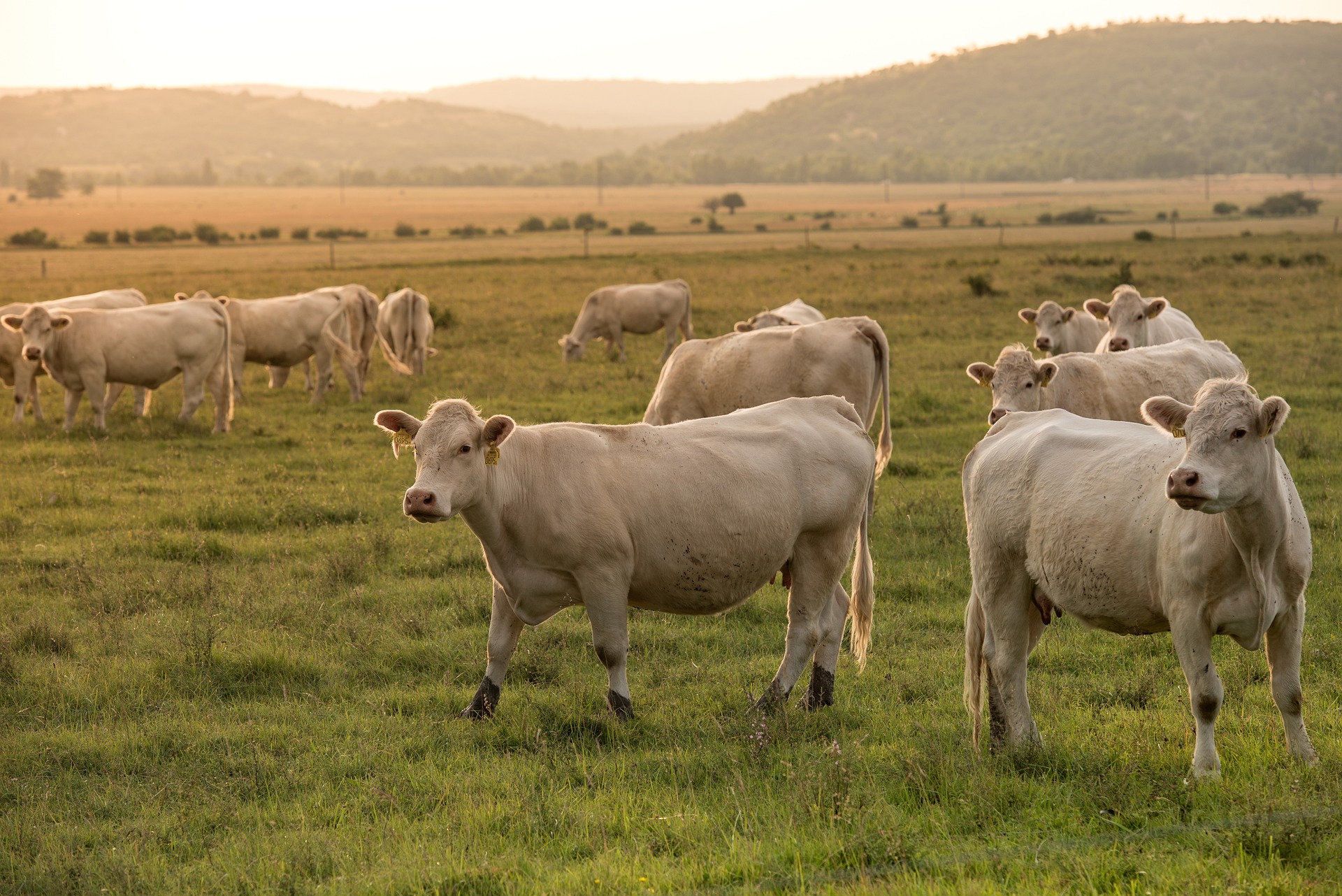
Key takeaways
As Australia moves rapidly towards our renewable energy future, a growing number of agricultural landholders are being approached to host electricity transmission and other energy infrastructure, on their land.
Energy Charter signatories recognise that these transmission development projects, as well as the maintenance of existing infrastructure, can impact agricultural operations and lives and livelihoods of agricultural landholders. They also understand that they have a responsibility to recognise and minimise these impacts and work towards shared value outcomes for everyone.
In simple terms, this means applying a genuine and consistent commitment to mitigating significant impacts, providing meaningful benefits and meeting the engagement needs of landholders and their communities.
However, social licence exists on a spectrum and is dynamic. It can be weakened and strengthened by the actions of businesses and communities at any point within a project lifecycle. For long, linear transmission projects that can run for hundreds of kilometres, impacting on dozens, if not hundreds of unique communities, acceptance, understanding, trust and confidence in an organisation and its developments can vary significantly. Social licence lost in one community often influences how the organisation and its developments are viewed in their entirety.
Critically, landholders’ experience of transmission infrastructure developments and their impacts is significantly influenced by the way they are engaged. Landholders strongly believe that transmission businesses need to spend time getting to know the land, the people and their needs to facilitate better outcomes for all parties.
It’s also critical to acknowledge transmission investigations, construction and maintenance activities can have serious impacts on land condition, productivity and livestock if potential disturbances are not proactively and diligently managed.
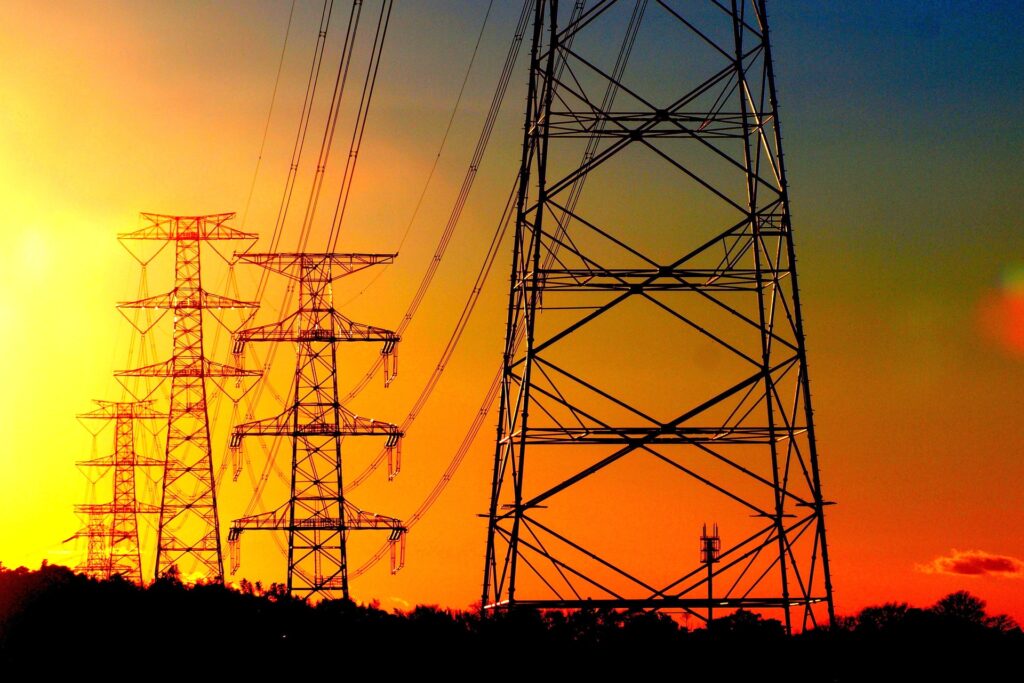
A final note collaboration
There is absolutely no doubt that transitioning to a low-emissions future needs collaboration with customers and across the energy sector. We must be willing to come together to share knowledge and insight from all sides and, importantly, to proactively co-design customer-led solutions.
At the Energy Charter our role is to encourage the difficult conversations and to amplify the customer and community needs. To bridge the gap between ‘hardto-do’ and ‘can-do’; to go beyond what any one of us could achieve alone. For us, the opportunity is to keep humans at the centre of the design and delivery of energy solutions; to navigate the changing needs of customers and communities as we transform to a cleaner energy future.
The Social Licence Better Practice Guideline is just one example of what can be achieved when businesses come together and work across sectors to unlock better practice. We encourage others to take the lead from this collaboration; to take a whole-of-sector view; to collaborate, innovate and strive for better.
The Better Practice Social Licence Guideline is available here.
May 2023 News Update
In this May 2023 News Update, CEO Council Chair, Guy Chalkley highlights the upcoming launch of the Better Practice Social Licence Guideline with an impressive panel across the agricultural and energy sectors, the First Nations Community Engagement Toolkit launch which includes insights and conversations to highlight practical ways to better engage First Nations communities, our Concessions campaign and more.
#BetterTogether Blood Drive 2023
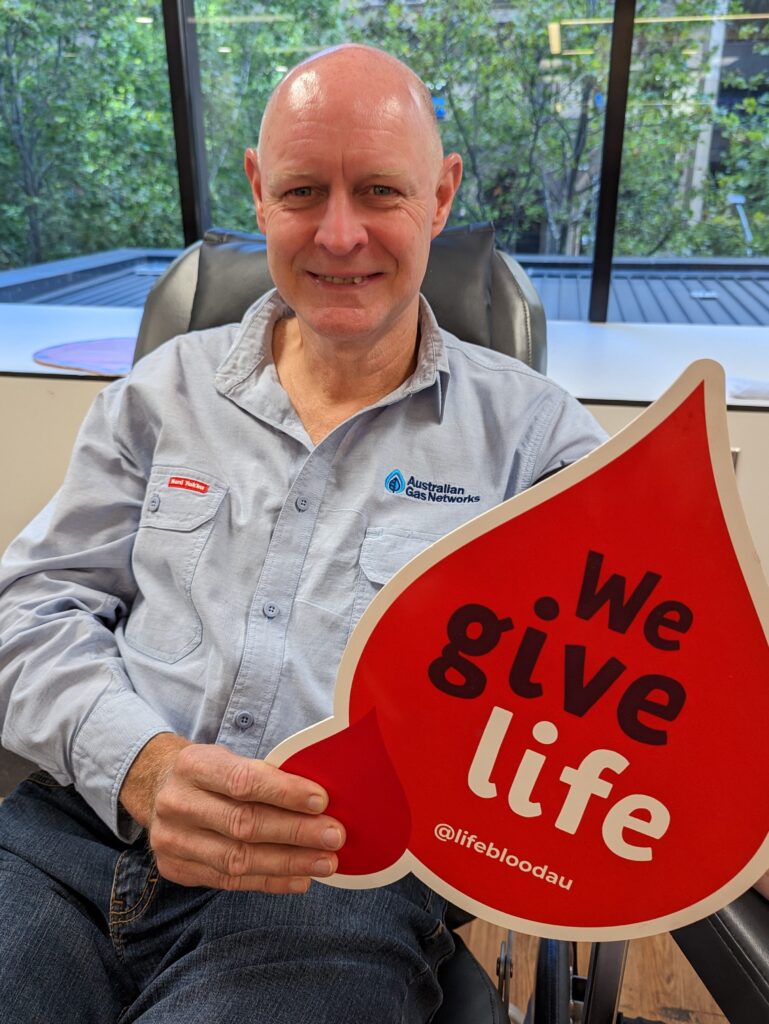
What's the Energy Charter #BetterTogether Blood Drive?
Each year, the Energy Charter invites all Signatories, Collaborators and Supporters to participate in the annual Energy Charter Blood Drive, an initiative which unites organisations across Australia to give life by giving blood and plasma.
Australia needs 33,000 donations every week. From 1 February to 30 April 2023, we asked our energy businesses to give blood like life depends on it!
This year’s challenge goal was to make 1,400 donations collectively, which has the power to save around 4,200 lives: 1 blood donation has the power to save 3 lives.
How’d we do against our shared goal?
While we didn’t make it to 1,400, together we made a very solid contribution to the blood bank with 1,313 donations made. This equates to 3,846 lives saved.
Every donation, from every team is valued – not only from Lifeblood, but by the many recipients and their loved ones who are impacted by serious health conditions.
The 2023 Blood Drive leader board
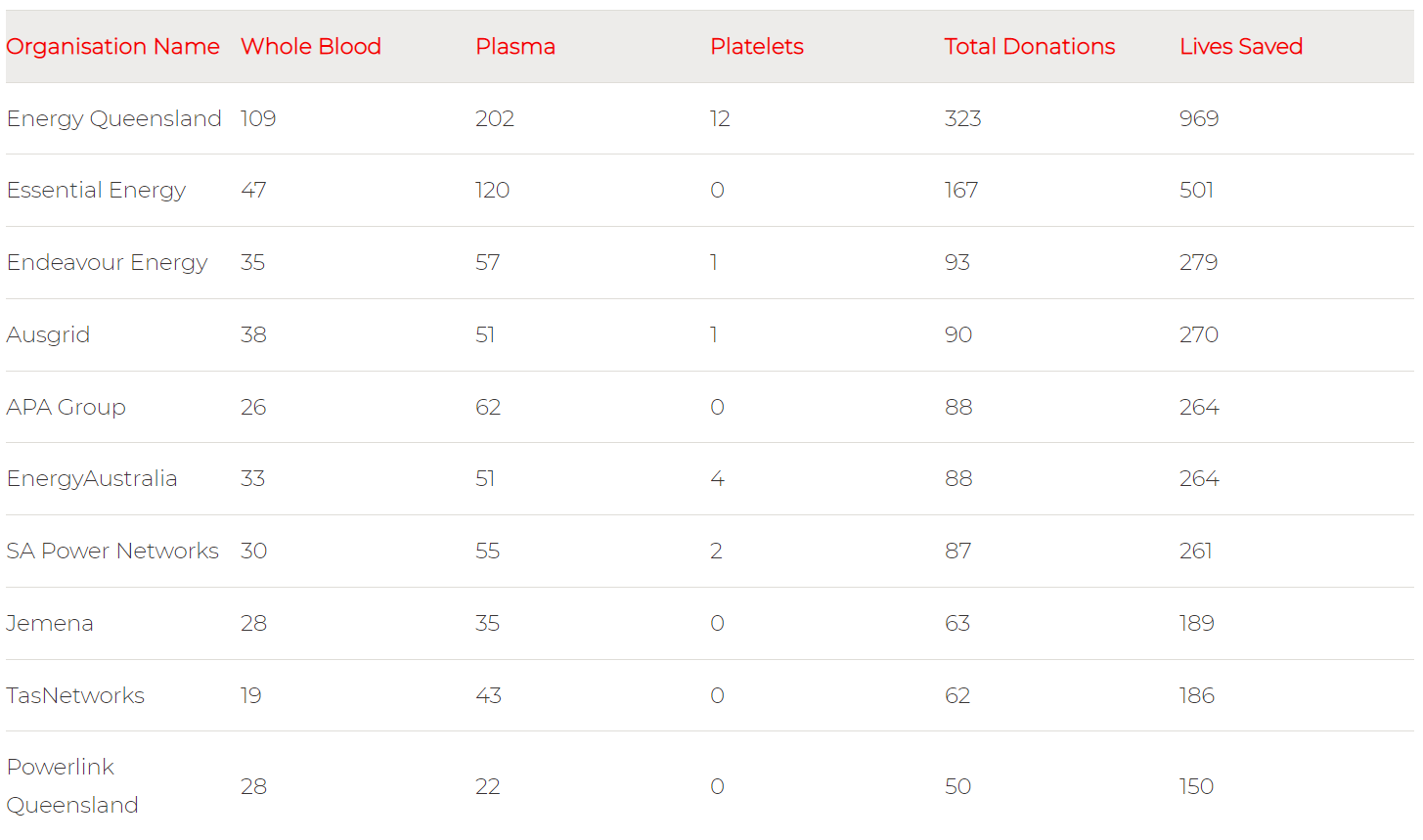
For a full list of all donations, please visit Lifeblood challenges.
While we don’t mind a bit of friendly competition; at its core the blood drive is really just another way we can come together around a community need, and each play a part in contributing to a solution.
…Because we are #BetterTogther.
To everyone involved, once again, thank you for supporting this year’s blood drive!
How the Blood Drive is making a difference
Australia needs over 1.7 million donations every year to meet demand: that’s three every minute. Below are some of the ways blood donations are used.
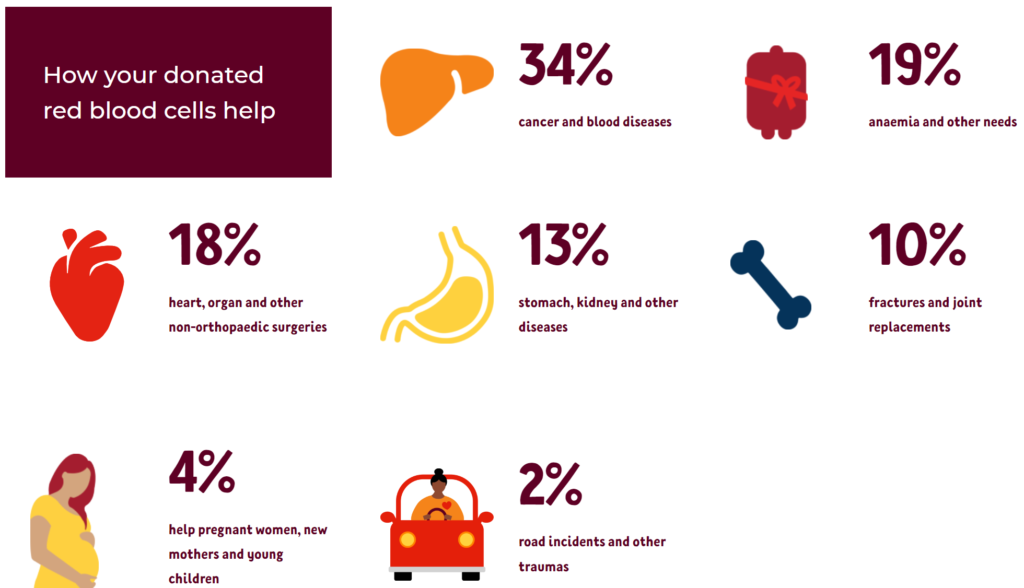
Image: Australian Red Cross Lifeblood, Why donate blood | Lifeblood
Want to donate?
If you’re ready to give life, start by checking availability at your nearest donor centre, whether you’re home or away.

